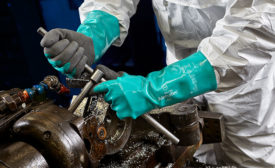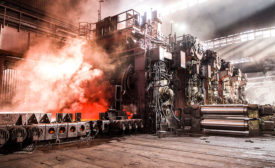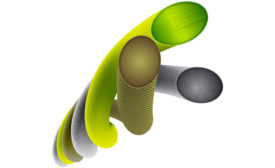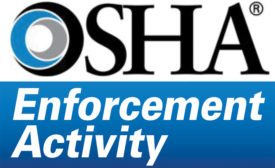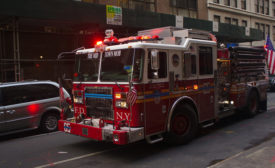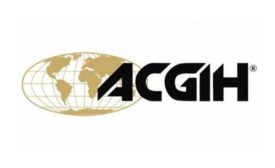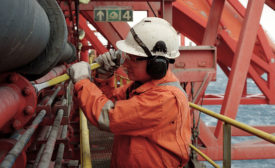Environmental Health and Safety
Research glove performance
Find the right balance of comfort & protection for the correct chemical
February 7, 2019
Combustible dust FAQs
Know the hierarchy of risk controls to effectively mitigate hazards
February 7, 2019
Innovations in cut-resistant work gloves solve common problems
Cutting-edge answers
February 7, 2019
From the NIOSH Director's desk
NIOSH shows its love for PPE by asking, “How clean is clean?”
February 5, 2019
Become a Leader in Safety Culture
Build your knowledge with ISHN, covering key safety, health and industrial hygiene news, products, and trends.
JOIN TODAYCopyright ©2025. All Rights Reserved BNP Media.
Design, CMS, Hosting & Web Development :: ePublishing

